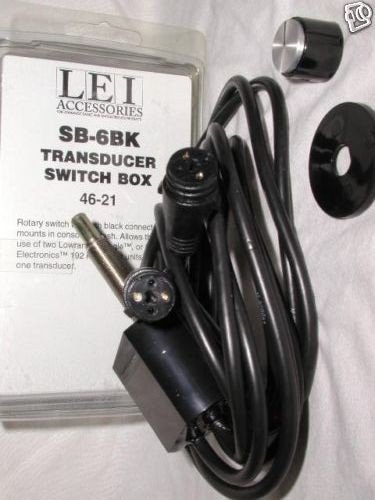You can bed them in Sikaflex and it works as well, and is a bit more forgiving of surface and removable later if necessary. Once something is embedded in epoxy it's there forever - which can be a good thing, but not always.... Actually, I placed the transducer of the Lowrance GPS/Sonar combi I installed 7 ys ago in the for'd bilge as a temporary thing, just screwing the mount to a stringer and placed well wide of the thick keel, and it has worked so well there, just sitting in the puddle of water in that part of the bilge, I never got round to moving it to more permanent place, it works so well.... I also have an older Seafarer type which has its transducer in a mineral oil-filled tube, as back-up at the main helm, and an monochrome Lowrance XC70, depth only, which has a true through-hull, at the flybridge helm, and they all read fine and agree with each other, and can be run together as they are each using different frequencies, but I really don't want any more holes in the hull.
What I'd like to do now, as the Lowrance XC70 up top has bad screen drop-out with age, is put in another Lowrance colour depth sounder, (possibly a combo GPS also), up on the flybridge, and I'd love to be able to use that same through-hull transducer, which uses the same frequency as the XC70, and all the wiring from the flybridge right down to the thru-hull already there, but they tell me I can't. Does anyone out there know why not? Isn't it the main sender unit in the head that does the work, with the transducer just passing the pulse sent by the sender above, and receiving the rebound pulse. Surely the electrics in the transducer and wire connecting would be essentially the same, with a change of plug connection into the head unit being the thing which would need changing? Am I wrong in suspecting it is just a ploy to sell more equipment, rather than truly necessary, why newer models are made so they cannot use a pre-existing transducer from the same manufacturer and designed to send the same frequency...?
-- Edited by Peter B on Friday 25th of March 2011 05:22:16 AM

